Punks, Mods and Skins: Capturing Subcultures on Medium Format Film with Evelyn Kutschera
1 14 Share TweetDiscovering a so-called “found-family” has been the answer for many people over the years who feel as if they do not belong to a regular society. Evelyn Kutschera has always been fascinated with these groups of people. Relating to the desire for an alternative lifestyle, she's befriended and photographed many of those from different subcultures such as Skins, Mods and Punks.
From the minimalist look of the Skinheads to the fashionable Mods, you can see how her work doesn't exoticize these groups but rather respectfully shares their stories and culture with the rest of the world. Evelyn talks to us and takes us on a journey through these alternative cultures, as well as giving us a glimpse of her concert photography.
Greetings Evelyn, can you introduce yourself and tell us how you started your analogue journey?
As a child of the late 80s and 90s, I grew up with analogue photography. I remember taking photos of my dolls and toys back when I was little and probably wasting a lot of film and my parent’s money. Luckily back then, film was still rather affordable. I also lived through the era of APS film and the first digital cameras. However, I discovered my passion for film photography in my 2nd year at the University of Gloucestershire, when I first got to hold a medium format camera in my hands. It was a Hasselblad and I instantly fell in love. When I was back in Switzerland, where I grew up, I found a bargain for a Hasselblad and had to buy it immediately.
What kind of gear do you normally use for your shoots? And how would you describe your photography style?
Because I am a collector, I have accumulated a lot of different cameras. My favourite cameras are my Hasselblad 503cx and my 35 mm Fisher Price camera. I use the Fisher Price as a secret weapon - there's hardly anyone who doesn't laugh when I hold this camera in front of their face. For my ongoing Skinhead project, I prefer Kodak Portra 400. I like the Portra 400 film because it is versatile and suits the light weather in Switzerland and the surrounding countries. Depending on the light situation, I also sometimes use Portra 160, for example for my skinhead pictures from California, or Portra 800 film for my indoor shots. When it comes to my photos with 35 mm cameras I like to experiment more and use different film brands and types. In terms of lenses, I prefer prime lenses for their light sensitivity and like to switch between tele lenses and wide angle lenses. I would describe my style of photography as quite classical. My focus is on the person and the connection I have to them.
One thing that really resonates with me is your work where you photograph different subcultures! Can you tell us first what got you fascinated with these groups?
Youth cultures and coming-of-age subjects have always fascinated me. I relate to people who live alternative lifestyles and think outside the box, since I never really felt like I fit into the masses. I got into the Skinhead subculture through my punk friends back in my hometown Schaffhausen. The punk aesthetic appeals to me but it was always a bit too extravagant for my taste. The traditional Skinhead look is more minimalist and put together and can easily be worn in everyday life, at work or whenever. I fell in love with the fashion, the music and the cheeky attitude of the skinhead culture.
My Mod series started when a mate asked me if I wanted to join him on a trip down to Brighton to the annual Mod Weekender. There I met some blokes from the Nottingham Scooter Club and asked to take their photo on my digital camera. At uni, we had the topic of large format cameras. I decided to contact one of the Mods from Nottingham and photographed him for the project. Since I had so much fun shooting in large format, I decided to travel up from Cheltenham to Nottingham again and photograph more of his Mod friends. Soon we all became mates and I travelled up regularly to continue to project and to hang out at their all-nighter parties.
What are some interesting things you learned from photographing the Skinheads and then the Mods?
I learnt to do my research of locations in advance and that you need to stay spontaneous and flexible when shooting on location. Photographing Skins and Mods taught me how to get out of my comfort zone by approaching strangers for my shoots and travelling to new places. Almost everyone I approached gave me a warm welcome and was happy to be photographed by me. Even the ones with the hardest shell and the coolest looks turned out to be kind-hearted, lovely people.
What’s your process like when capturing a portrait?
Before arranging a portrait shoot I scout out some shooting locations - either in person or via Google Maps. I ask my subjects if they would allow me to take a photo at their home and if they agree, I ask them to send me some photos, so I can figure out if it will be interesting or suitable to do a shoot there.
On location, I will set up the camera and ask the model to stand in once that's done. I prefer natural-looking portraits, so I don’t give a lot of directions. Mostly “look at the camera”, “look over there”, or “think of a nice cold pint of beer” (to make them smile) or engage with them, talk to them and wait for the right moment to release the shutter.
Your series on “Small Town Punks” started in 2009 and is one of your most personal projects. How has it been capturing your second family and seeing their changes over the past two decades?
The people in this project mean the world to me. They were the first group of friends in my hometown where I felt completely at ease and like I could be myself without being judged. They quickly got used to me constantly sticking a camera in their faces, no matter how intimate the moment. No matter where we were, whether down at the local pub, on a city trip or drunk at a festival, the camera was always with us. It is a priceless gift to have been able to capture these memories with my mates and see how they have developed over the years. Many of these friends are now married and have children, yet they have remained true to their attitude and subculture. The mohawks and colourful hair may have disappeared, but the ideology and passion live on.
Are there any other subcultures you’re interested in shooting?
I grew up in the stronghold of the skateboarding movement and with a big brother who still skates, therefore I would like to explore this subculture a bit deeper. Ed Templeton and his book “Wires Crossed” are inspiring me to start my own project on the local skate scene.
You also do a lot of concert photography both for big bands and independent artists. What are the main differences in shooting for more big-time artists versus independent artists?
The main difference between shooting big acts and less-known artists is intimacy and creative freedom. At concerts of well-known musicians there are lots of rules and regulations. Usually, photographers are only allowed to capture the first three songs, not use flash and get very limited space.
Smaller gigs often don’t have these rules. You can freeze all the best moments, like the interaction with the audience, stage dives or sweaty, happy musicians at the end of the gig. They allow you to shoot from different spots - right in front of the stage, in the middle of the mosh pit (risky) or from the back of the venue.
What makes you still choose to shoot film in this day and age?
To me, film has a soul and a character which digital photography will never be able to achieve. I enjoy the process that analogue photography demands. You have to be more selective in when to press the shutter. Between the shoot and the viewing of the developed negatives, there is a period of time and a distance that allows you to examine the resulting photos more neutrally. Also, it’s fun (and sometimes frustrating) to eagerly await your results from the lab.
What do you like about Medium Format?
I like that medium format slows me down. It’s a slow, thought-out process compared to 35 mm, where I get snap-happy and capture mostly candid moments.
What do you have in store for you this year in terms of photography?
I am hoping to continue my long-term project on the skinhead subculture. Travelling to new destinations and adding more countries to my work.
Are there any words of advice or anything you want to share with the rest of the Lomography community?
Keep shooting and experimenting. Support each other, be kind and try to learn from each other. In the end, we are all in the same boat.
We thank Evelyn for her wonderful photos and be sure to keep up with her by following her on Instagram. What subcultures do you want to capture on film? Comment down below!
เขียนโดย rocket_fries0036 เมื่อ 2024-03-27 ในหมวด #gear #วัฒนธรรม #ผู้คน #places #music #medium-format #mods #europe #eu #punks #united-kingdom #switzerland #skins #portaiture #subcultures



















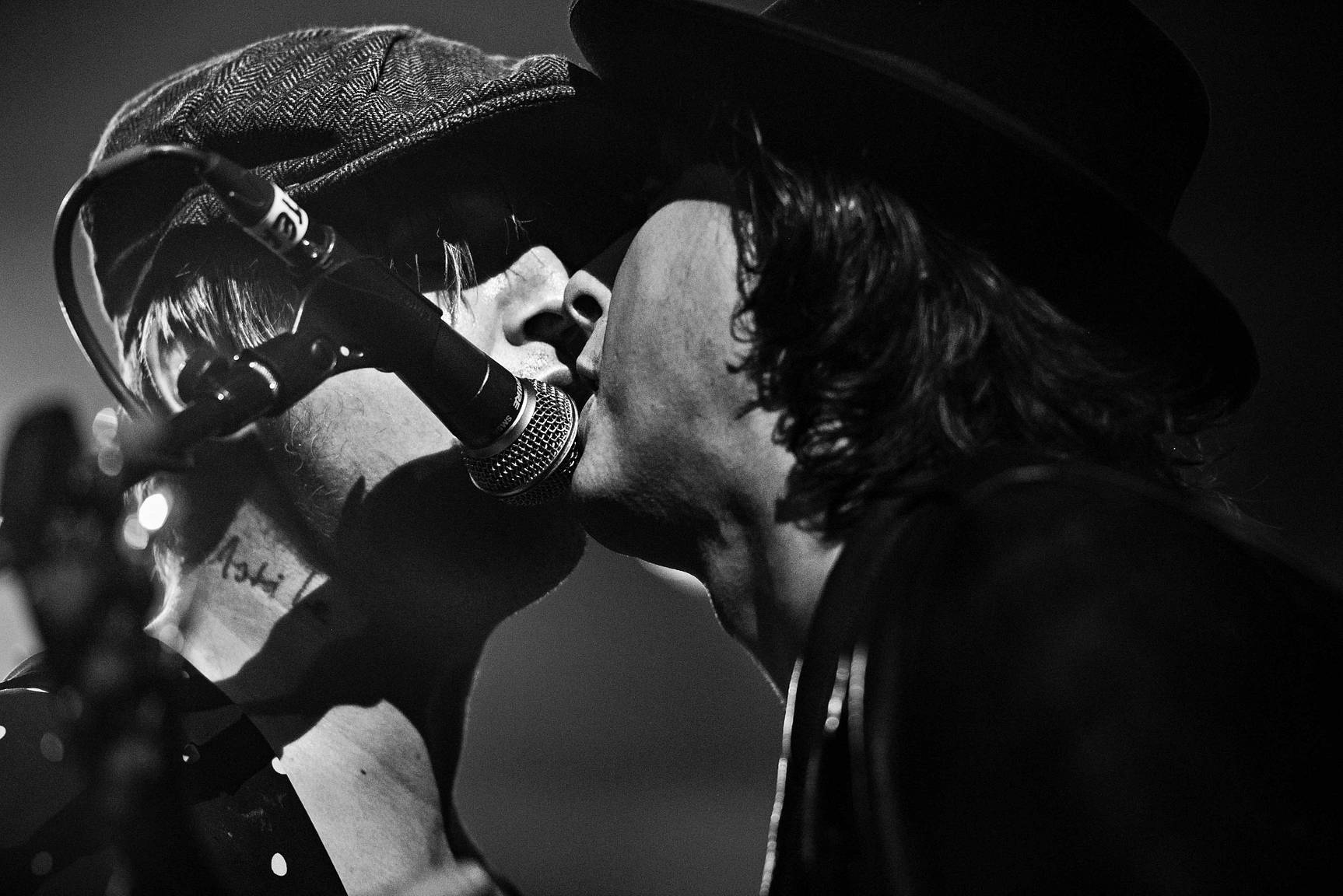







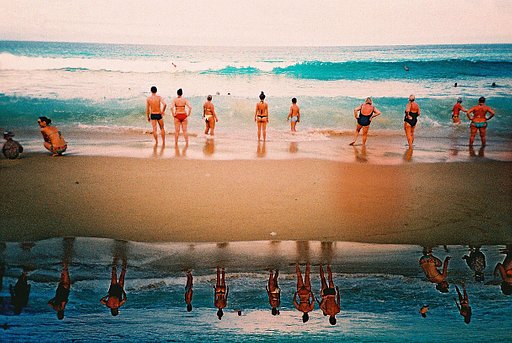





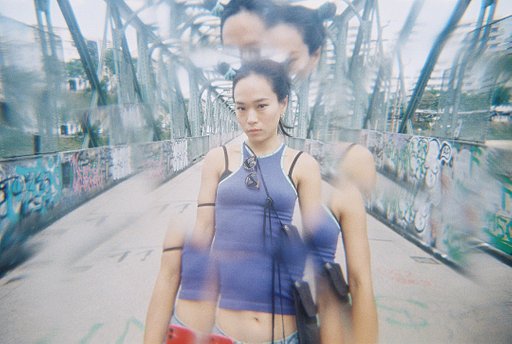


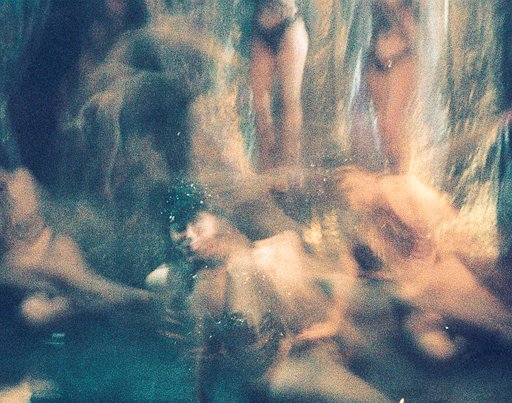

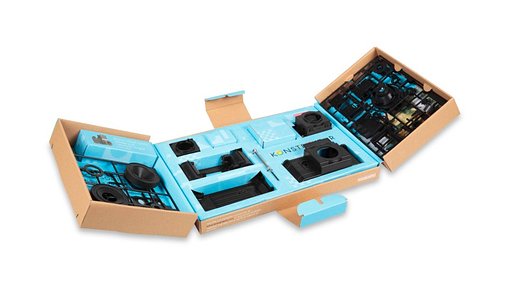



1 ความคิดเห็น